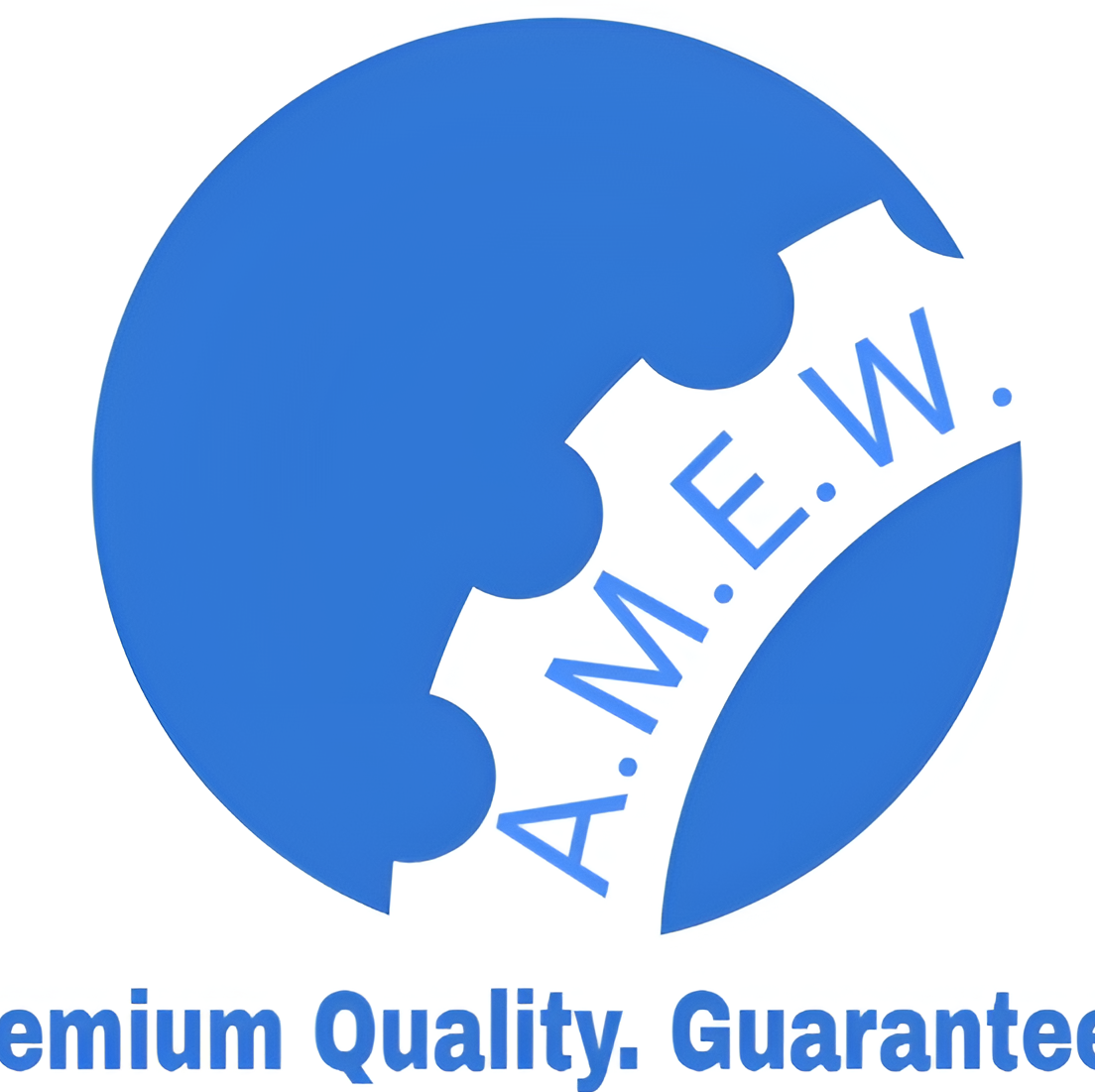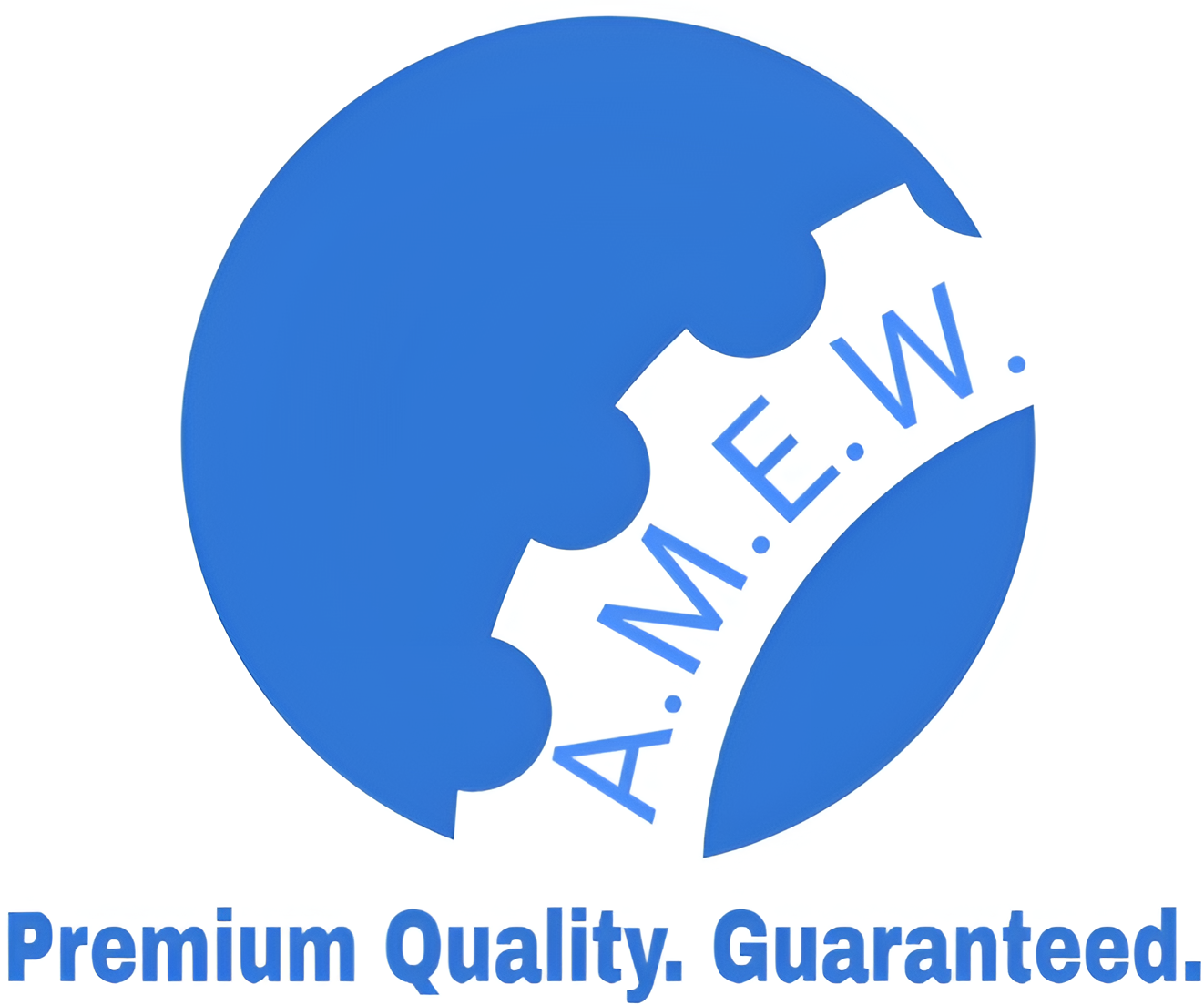Everything You Need to Know About ASME B36.10 Schedule 40 Carbon Steel Pipe
When working with steel pipes, you’ll likely encounter terms like “Schedule 40” or standards such as “ASME B36.10.” These aren’t just technical jargon; they’re essential guidelines and specifications that ensure the reliability and efficiency of engineering systems. Schedule 40 pipes, in particular, are incredibly popular due to their versatility and strength. But what are they exactly, and how do they fit into the ASME B36.10 standard?
This comprehensive guide will walk you through the essentials of ASME B36.10 and Schedule 40 carbon steel pipes, from their composition and dimensions to their applications and key advantages.
Understanding ASME B36.10 and Schedule 40
ASME B36.10 is the American Society of Mechanical Engineers’ standard for welded and seamless wrought steel pipes. It specifies dimensions such as the outside diameter (OD) and wall thickness for various pipe schedules, ensuring consistency and reliability in industrial applications.
The term “Schedule 40” indicates the pipe’s wall thickness relative to its diameter. The higher the schedule number, the thicker the pipe wall and the greater its pressure-handling capacity. Schedule 40 pipes strike a balance between durability and cost, making them a favorite for many industries.
Composition and Properties of Carbon Steel Pipes
Carbon steel pipes, including Schedule 40, are primarily composed of iron and carbon, with small amounts of other elements such as manganese, silicon, and copper. Here’s why this material is widely used:
- Strength and Durability: Carbon steel offers excellent mechanical properties, including high tensile strength and impact resistance.
- Heat and Pressure Tolerance: These pipes can handle elevated temperatures and pressures, making them suitable for demanding environments.
- Corrosion Resistance: Although prone to rust initially, carbon steel’s surface can be treated or coated for improved resistance.
- Cost-Effectiveness: Compared to specialized materials like stainless steel, carbon steel is an economical option without compromising on quality.
With these properties, carbon steel pipes are ideal for transporting liquids and gases in various settings.
Dimensions and Specifications of Schedule 40 Pipes
Schedule 40 carbon steel pipes come in various sizes to cater to diverse applications. Below are some essential specifications:
- Outside Diameter (OD): The OD remains constant across schedules for a given nominal pipe size (NPS).
- Wall Thickness: Schedule 40 pipes have a moderate wall thickness, increasing their ability to withstand internal pressure without being overly heavy or expensive.
- Nominal Pipe Size (NPS): Ranges from small diameters (e.g., 1/2 inch) to large diameters (e.g., 24 inches or more).
For example:
- A 2-inch Schedule 40 carbon steel pipe has an OD of approximately 2.375 inches and a wall thickness of 0.154 inches.
- A 6-inch Schedule 40 pipe has an OD of around 6.625 inches and a wall thickness of 0.280 inches.
These standardized dimensions make it easy to integrate Schedule 40 pipes into various systems, ensuring seamless compatibility.
Common Applications of Schedule 40 Carbon Steel Pipes
Thanks to their versatility and strength, Schedule 40 carbon steel pipes are widely used across industries, such as:
- Construction and Infrastructure: Used in structural frameworks, scaffolding, and drainage systems.
- Oil and Gas: Suitable for transporting crude oil, natural gas, and other petroleum products.
- Water Supply and Plumbing: Handles potable water, wastewater, and industrial liquids with ease.
- HVAC Systems: Integral to heating, ventilation, and air conditioning systems for airflow and heat transfer.
- Chemical Processing: Handles corrosive chemicals and high-pressure environments.
- Fire Protection: Often used in sprinkler systems due to their reliability under pressure.
This vast array of applications underscores why Schedule 40 pipes are a go-to solution for engineers and designers.
Advantages and Limitations of Schedule 40 Pipes
Advantages
- Versatility: Compatible with various mediums like water, gases, and chemicals.
- Availability: Widely manufactured and easily sourced at competitive prices.
- Standardization: Ensures reliability and ease of integration for industrial and commercial systems.
- Strength: Can handle moderate pressures and temperatures, making them suitable for a broad range of uses.
Limitations
- Weight: Heavier than higher schedule numbers, such as Schedule 80 or 120, which might be required for extreme conditions.
- Corrosive Environments: Without proper coating or treatment, carbon steel pipes can corrode over time when exposed to certain chemicals or moisture.
Understanding these pros and cons can help you decide whether Schedule 40 pipes fit your project requirements.
Installation, Maintenance, and Safety Guidelines
Installation
- Cutting and Welding: Use the appropriate cutting and welding methods to maintain the pipe’s integrity.
- Joint Options: Options include threaded, welded, and flanged connections, depending on the system’s needs.
- Alignment: Ensure accurate alignment during installation to prevent unnecessary stress on joints.
Maintenance
- Regular Inspection: Periodically assess the pipes for signs of wear, corrosion, or leaks.
- Coatings: Apply protective coatings or wraps to enhance corrosion resistance.
- Repair: Address any damage promptly to prevent system-wide failures.
Safety
- Pressure Ratings: Always operate within the pipe’s specified pressure and temperature limits.
- Protective Gear: Use safety gear when cutting, welding, or handling carbon steel pipes to avoid injuries.
- Compliance: Follow all relevant industry standards and regulations for safe operation.
Comparison With Other Pipe Schedules
When selecting pipes, it’s essential to compare Schedule 40 with other pipe schedules to ensure the best fit for your needs:
|
Pipe Schedule |
Wall Thickness |
Pressure Capacity |
Typical Use |
|---|---|---|---|
|
Schedule 20 |
Thinner |
Lower |
Low-pressure applications like drainage and ducting |
|
Schedule 40 |
Moderate |
Moderate |
Versatile; ideal for medium-pressure systems |
|
Schedule 80 |
Thicker |
Higher |
High-pressure and high-temperature systems |
For most applications, Schedule 40 offers the perfect balance between cost, weight, and performance.
How to Make the Right Choice
Selecting the right pipe schedule and material involves careful consideration of factors such as pressure requirements, chemical exposure, and budget. For example, Schedule 40 pipes are suitable for medium-pressure systems in non-corrosive environments. However, for high-pressure or high-corrosion settings, Schedule 80 or specialty materials may be better.
Take Your Project to the Next Level
ASME B36.10 Schedule 40 carbon steel pipes are the backbone of countless systems, offering durability, affordability, and versatility. By understanding their properties, dimensions, and applications, you can choose the best solution for your project.
Need technical advice or expert support for your piping systems? Contact [Your Brand/Company Name] today for comprehensive guidance and explore how we can help you streamline your process with high-quality carbon steel pipes.

